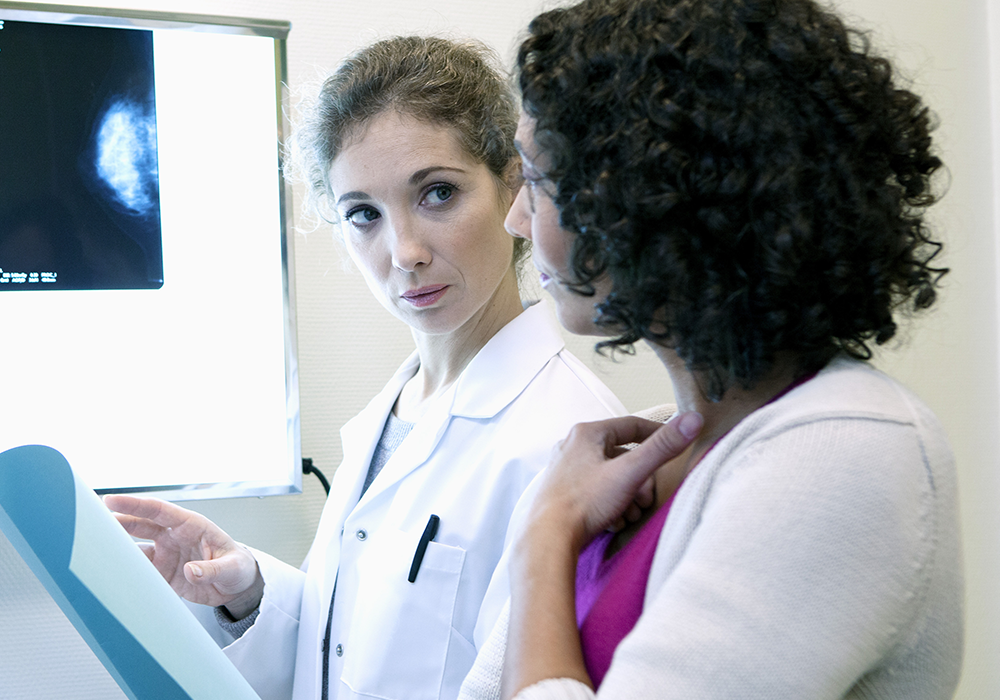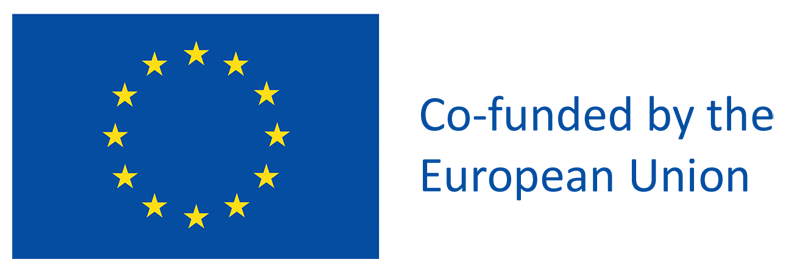UNDERSTANDING BREAST CANCER
Hereditary breast cancer
Hereditary breast cancer occurs when a person inherits a gene mutation from one or both parents that raises their risk of developing breast cancer. The most commonly known genes related to hereditary breast cancer are BRCA1 and BRCA2, but other can also increase risk.
Here’s a quick overview of some important genes associated with hereditary breast cancer:

BRCA1 (BReast CAncer gene 1) and BRCA2 (BReast CAncer gene 2)
These are the most studied genes related to hereditary breast cancer. Mutations in BRCA1 and BRCA2 can greatly increase the risk of breast and ovarian cancer in women, as well as breast and prostate cancer in men. These mutations are passed down in families, so each child of a parent with one of these mutations has a 50% chance of inheriting it.
TP53 (Tumor Protein p53)
A mutation in the TP53 gene is linked to a rare condition called Li-Fraumeni syndrome, which raises the risk of several types of cancer, including breast cancer.
CHEK2 (Checkpoint Kinase 2)
Mutations in the CHEK2 gene are linked to a higher risk of breast cancer, particularly in certain populations.
PALB2 (Partner and Localizer of BRCA2)
Mutations in PALB2 can also increase risk of breast cancer, especially if there is a family history of the disease.
Hereditary Breast and Ovarian Cancer (HBOC) Syndrome
HBOC syndrome is a genetic condition that greatly raises the chances of developing breast and ovarian cancers. HBOC is usually caused by mutations in BRCA1 or BRCA2 mutations genes, and people with HBOC have a much higher lifetime risk of these cancers than the general population.
Risk factors and screening
If you have a strong family history of breast or ovarian cancer, especially if relatives were diagnosed at a young age, this could be a sign of hereditary cancer. Genetic counselling and testing can help identify potential mutations and assess your risk. A genetic counsellor can explain testing options and what results might mean for you and your family.

Preventive measures
People who have high-risk gene mutations may choose to take preventive measures, such as:
- Mastectomy: Surgery to remove the breasts.
- Oophorectomy: Surgery to remove the ovaries.
They may also have more frequent screenings, such as mammograms and MRIs, to help identify and diagnose cancer early.

Psychosocial impact
Learning about a hereditary risk for breast cancer can be emotionally challenging for both the individual and their family. Genetic counselling is available to provide support and to discuss any concerns or emotions that come up.

Summary
Hereditary breast cancer is caused by genetic changes that increase the risk of developing the disease. Finding out about these risks early allows people to take steps, like more frequent screenings, according to the corresponding specialist recommendations, or preventive measures, to lower their chances of developing cancer and improve outcomes.
For more information about hereditary cancer, visit the EVITA Association website at evitacancro.org. There, you can learn about hereditary cancer syndromes, find a glossary of terms, and access other support materials. EVITA has recently launched a digital platform aimed at fostering collaboration between citizens, the medical community and scientific researchers, with a focus on hereditary cancer. To contribute to research or to connect with others, visit evitaplatform.org and register to join the community.




